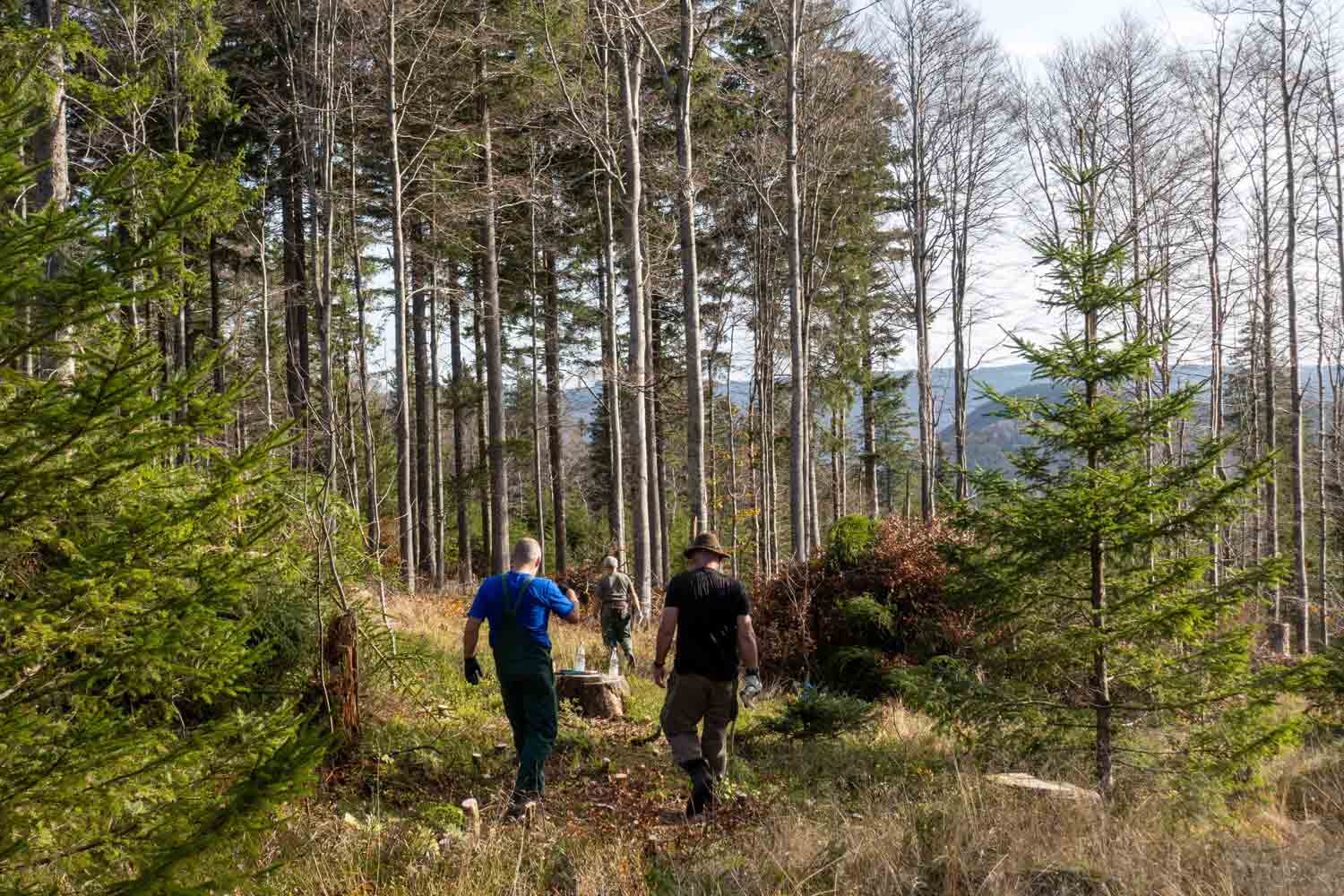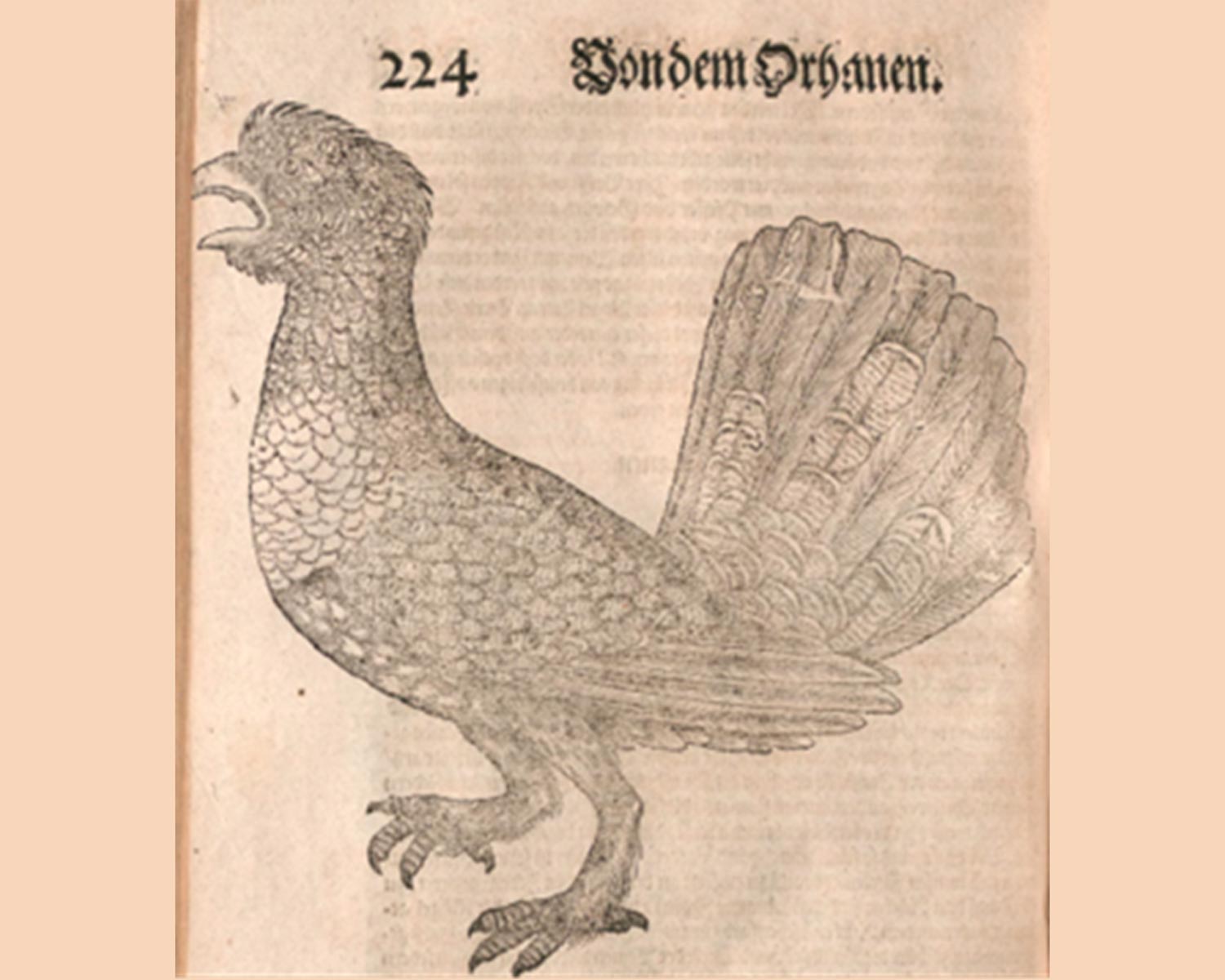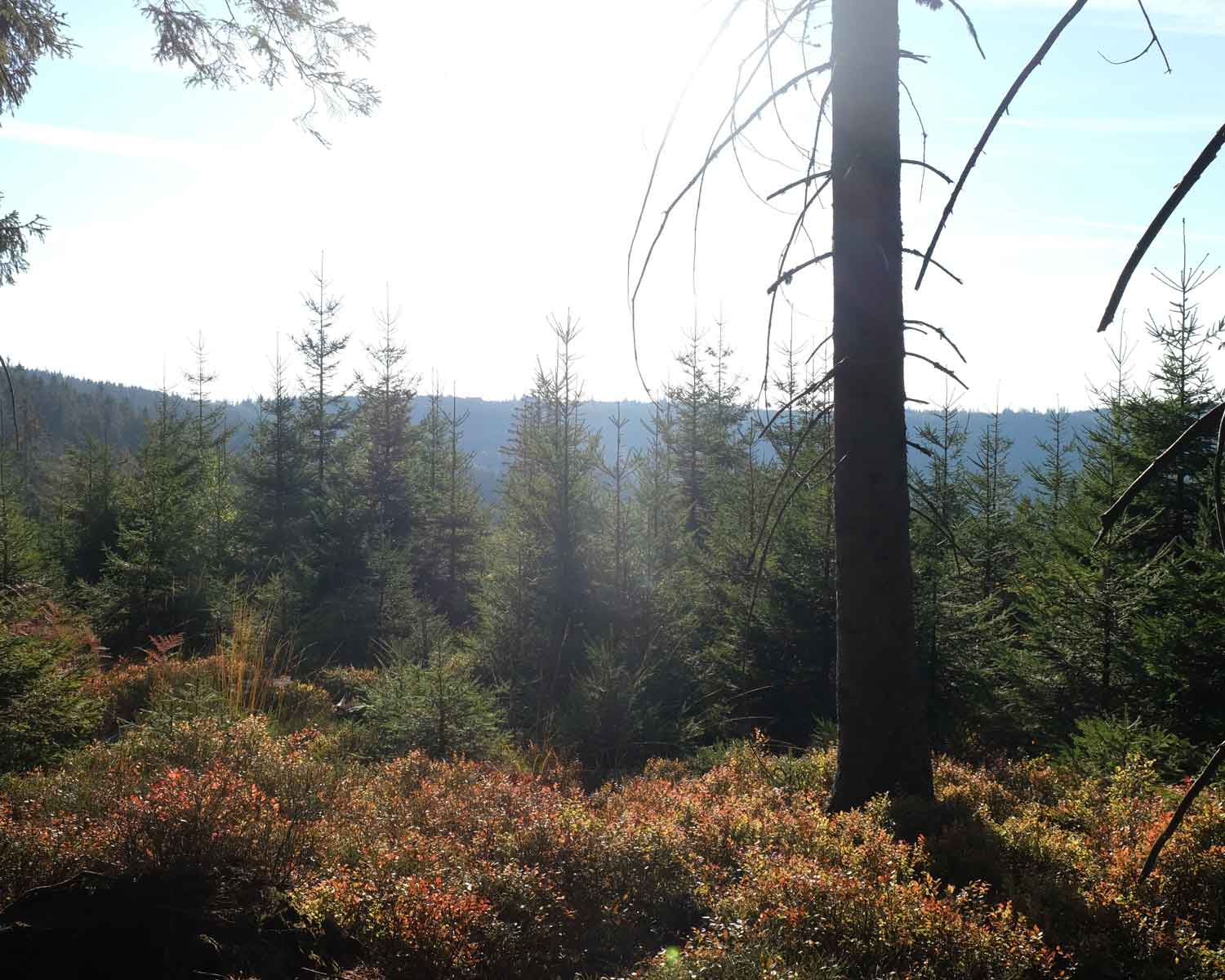
Wood grouse sponsorship | Duravit

A Project Very Close to our Heart: the Wood Grouse
Donations Instead of Gifts
A blue wood grouse is conquering the world!
Duravit’s company logo is a stylized wood grouse that can be found in all four corners of the earth – unlike its feathered counterpart. Wherever Duravit goes, the wood grouse is never far away – a symbol of the Black Forest with global reach. Meanwhile, its counterpart in the wild is fighting for its very survival in the Black Forest.
Duravit’s company logo is a stylized wood grouse that can be found in all four corners of the earth – unlike its feathered counterpart. Wherever Duravit goes, the wood grouse is never far away – a symbol of the Black Forest with global reach. Meanwhile, its counterpart in the wild is fighting for its very survival in the Black Forest.

This is our responsibility
To help the wood grouse remain a native Black Forest species for years to come, this year Duravit AG has decided to make a donation to the wood grouse conservation organization Auerhuhn im Schwarzwald e. V. instead of giving presents to its partners. We’re sponsoring our very own Duravit wood grouse!
As a company headquartered in the Black Forest, we are responsible for our immediate environment and we take this obligation seriously. Even though Duravit AG now has production sites and showrooms around the world, the company’s roots in Hornberg – close to the habitat of the endangered wood grouses – stretch back to 1817. And this is why Duravit considers maintaining a sustainable habitat for the wood grouse to be its responsibility.
As a company headquartered in the Black Forest, we are responsible for our immediate environment and we take this obligation seriously. Even though Duravit AG now has production sites and showrooms around the world, the company’s roots in Hornberg – close to the habitat of the endangered wood grouses – stretch back to 1817. And this is why Duravit considers maintaining a sustainable habitat for the wood grouse to be its responsibility.
This is our Duravit Wood Grouse
As one of Europe’s largest forest-dwelling birds capable of flight, the wood grouse can be found in sunny, open, and varied mountain forests with an abundant supply of blueberries.

Profile
| Favorite food | blueberries |
| Natural enemies | fox, goshawk, badger, stone & pine marten, wild boar, raven |
| Size | from 74 to 95 cm |
| Weight | from 3.5 to 5 kg |
| Wingspan | up to 90 cm |
| Maximum age in the wild | up to ten years |
Would you like to sponsor a wood grouse too? Then you will find more information here.


Purpose of the donation
Protecting habitats and creating retreats
To halt the decline in wood grouse numbers in the Black Forest, Auerhuhn im Schwarzwald e. V. (or AiS for short) is creating a wood-grouse-friendly forest: freeing blueberry bushes from encroaching spruce saplings, removing obstacles on the ground, and creating urgently needed islands of light – there are many aspects to the urgently needed habitat management.
Facts about the Wood Grouse

It eats an (almost entirely) plant-based diet
The wood grouse eats seeds and vegetation, with their preferred foods in the summer being blueberries, grasses, shoots, and beechnuts. In the winter, on the other hand, they eat almost exclusively needles – preferably from pine trees. Only in the first weeks of life do the chicks eat insects.

A rarely-seen bird
The wood grouse is quiet and shy by nature, which is why encounters with this bird are rare. However, there is one exception: wood grouses are spotted more frequently during the mating season between March and May. The male wood grouse is notorious for his ostentatious mating behavior, so he is best left alone during this period.

Winter equipment all-in
Unlike other bird species, the wood grouse doesn’t migrate south for the winter. Instead, it adapts to the low temperatures with thick plumage and stays at home.

Adaptable appendix
Yes, you read that right! While the human appendix has the (erroneous) reputation for not having a function, the equivalent organ in the wood grouse changes from season to season, expanding to a length of up to 1.80m in the winter and reverting back in the spring. Why so much effort? This is part of its survival strategy: in the winter the wood grouse mainly eats needles, which it grinds down with small stones in its gut. This is an extremely complex process that partly takes place in the appendix.

Myths and legends
In one medieval bestiary, an author claimed that the wood grouse throws crystals down the mountain from the eternal ice. If there’s any grain of truth in this legend, then it’s that wood grouses do in fact devour small stones to grind down their stomach contents.

Treat with consideration
Despite its warming plumage, the wood grouse needs to minimize its energy consumption. If they are disturbed by people straying from marked paths at this time, their flight response causes their metabolism to rapidly shoot up. That takes a lot of strength, causing lasting weakness to the animal – and can even result in death.

Bon appétit!
Although by no means to everyone’s taste, a fascinating fact about the wood grouse is that the chicks eat their mother’s feces. This enables them to absorb the blend of bacteria that they need to extract nutrients from coniferous trees later in life.

Island population
Global wood grouse populations are mainly found in the wide expanses of Eurasia in the northern hemisphere. In Central Europe, however, the birds are only found in the Alps and in smaller island populations such as the Black Forest.

Maternal care
While the male wood grouse was not only a favorite motif on 19th-century Black Forest postcards, but often also the stuff of sagas and legends, hardly any notice was taken of the female of the species. In the rare cases when she was mentioned, she was considered the quintessence of maternal care because she raises her chicks alone without the help of the male.

The Archetypal Black Forest Bird
After eleven years of falling numbers, in 2023 106 mating male wood grouses were counted for the first time, an increase of just over ten percent compared to the previous year.
“In order to re-establish a stable and genetically healthy population across the whole Black Forest, we need 300 mating wood grouse cocks. Even though we’re still a long way off this target, the first rise in the population is a positive signal that our efforts are bearing fruit,” said Jakob Huber, director of Auerhuhn im Schwarzwald e. V.
There has been a worryingly sharp fall in the number of wood grouses living in the Black Forest since 1984. This negative population trend is due to various factors:
• Reduction of suitable habitats due to changes in forestry use
• Existing habitats being carved up by tourist activity
• Natural enemies such as foxes, martens, goshawks, and even wild boar are on the rise
• Reduction of suitable habitats due to changes in forestry use
• Existing habitats being carved up by tourist activity
• Natural enemies such as foxes, martens, goshawks, and even wild boar are on the rise

The Organization: Auerhuhn im Schwarzwald e. V.
“Working together for the wood grouse” is the motto of Auerhuhn im Schwarzwald e. V., which has dedicated itself to conserving the wood grouse in the Black Forest for future generations.
“For me the wood grouse is not only a symbol of the Black Forest akin to the ‘Bollenhut’ felt hat and the Black Forest Gateau. At the same time, the wood grouse represents the biodiversity of the forest. My perception of the forest, for example as a rambler, also changes when I realize what an impressive animal it is home to. I want to preserve this feeling for subsequent generations,” said Jakob Huber, director of Auerhuhn im Schwarzwald e. V.

